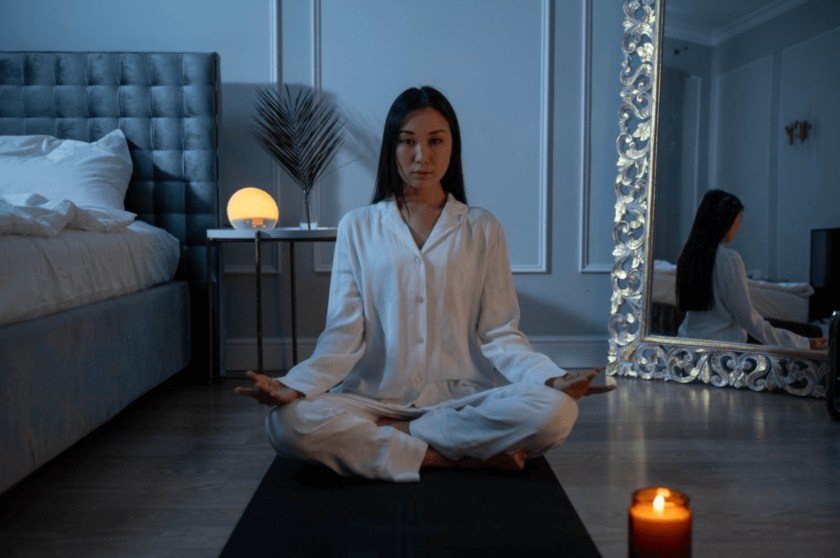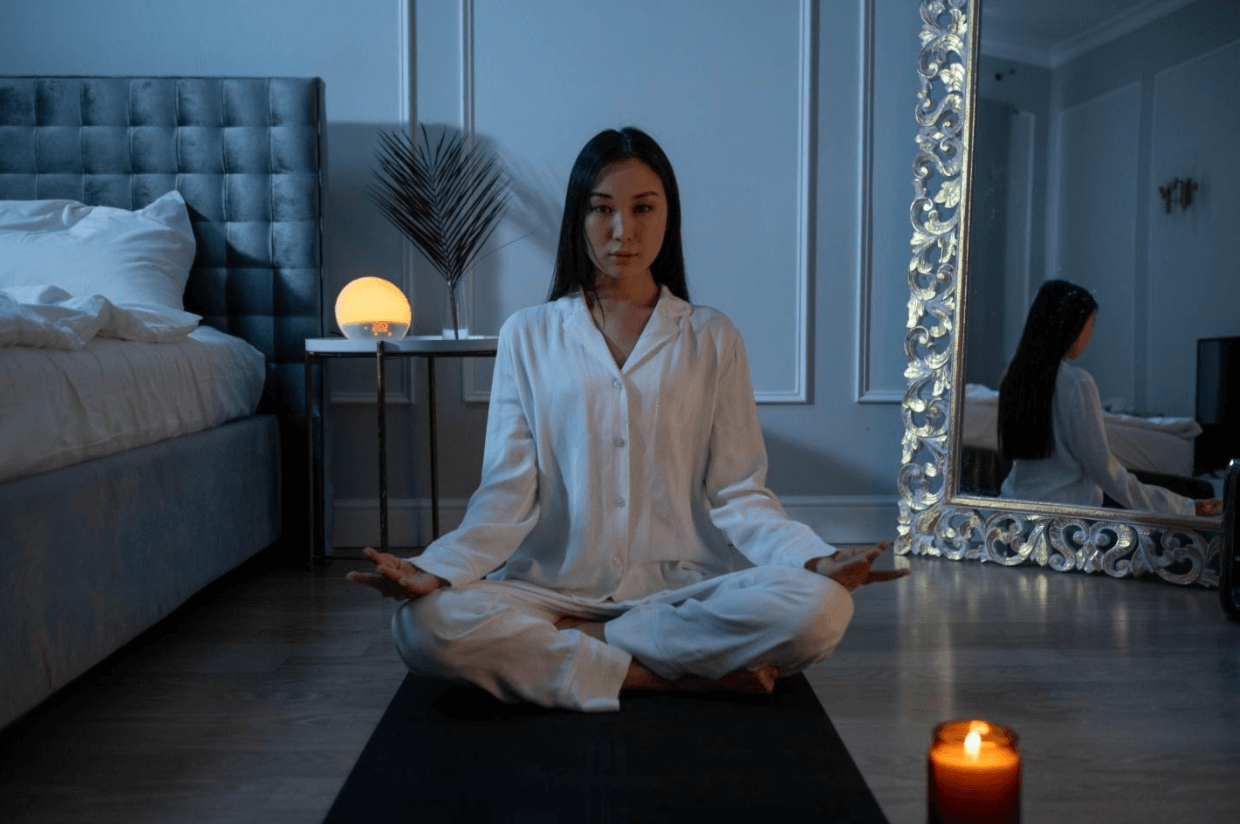We all know how important sleep is for our health, yet getting enough of it seems to be a challenge for most. Regardless of what else is going on in our lives, nighttime routines play a big role in sleep quality. Sure, you’ll fall asleep eventually even without a routine, but it tends to take a lot longer.

Most of us can’t fall asleep on command, and maintaining a routine helps send the signal to our brains that it’s time to go to bed, and it should help you get ready. Predictability and consistency are important to our sleep system, as well as most other neurophysiological systems.
If you’re having trouble getting enough restful sleep, look into your pre-bedtime habits to uncover areas for improvement. Having a good nighttime routine is one of the easiest and most effective ways to get good quality sleep so you can wake up refreshed in the morning.
However, you need to keep in mind that building and perfecting your nighttime routine will take a bit of work, so don’t give up after a week. It can take even a couple of months for your body to get accustomed and find what works best.
Allow Yourself Time to Unwind After a Long Day
One of the most common mistakes people make is that they don’t give themselves enough time to unwind after a long day. We all try to make the most of our time so we can be good employees or business owners, good partners and good parents. So we try to do as much as possible right until our bedtime. Then we think we’ll be so exhausted that we’ll fall asleep as soon as our heads hit the pillow.
But it doesn’t happen that way. Your brain will still be very much alert, thinking about all the things you’ve done that day and what’s left to do tomorrow, the day after tomorrow and a few from now. That’s why you need to give it a chance to disengage.
About two or three hours before bedtime, you can start the process by preparing a few things for the next day. This way, you won’t stay up worrying about everything you need to get done, and you’ll also save time in the morning.
You could check the weather and set out your clothes, make your lunch and put all your essentials like wallet, keys and sunglasses in one place, so you don’t have to look for them in the morning.
Then you can spend a few minutes writing a to-do list for the next day so you can take it off your mind and put it on paper. It will give you a greater sense of control which helps you relax.
Then you can put some relaxing music on and start your bedtime hygiene ritual. Most people view this part of the evening as more of a chore, but even the most mundane tasks can be transformed into an opportunity to relax.
Some soft, soothing music will improve your mood and trigger the release of hormones that will make it easier to fall asleep.
Instead of brushing your teeth and scrubbing your face as fast as possible, do it mindfully and see it as an opportunity to pamper yourself. You can set a timer to brush your teeth for 3 minutes and really focus on the motion of the toothbrush, the taste of the toothpaste and how clean your teeth feel afterwards.
When you wash your face, use gentle motions and feel how each motion is helping you cleanse your skin.
Taking a bath in the evening is also a great way to relax and fall asleep more easily because of the difference in temperature.
After you’re done, and you’re ready to get changed into your pyjamas, you can spend some time with your partner or family watching your favourite TV shows but not for too long. The blue light emitted by electronic devices can interfere with your circadian rhythm, so it’s better to switch to reading, listening to audiobooks or meditating about an hour before bed.
Set the Mood
The next step is to set the mood for sleep by dimming the lights. Much like the blue light from electronic devices, bright lights can make it more difficult to fall asleep. You’ll want to turn off any bright overhead lights and use dimmer table lights for at least an hour before bed.
Changing into comfortable sleepwear can also signal to your brain that it’s time for bed. You should always choose pyjamas based on comfort rather than how they look. They might be very flattering, but if they’re too tight or the fabric isn’t breathable, you’ll be tossing and turning in your sleep. You should also avoid going to bed in old T-shirts. While finding an extra use for your loved clothing may seem like a good idea, you shouldn’t go to bed in clothes that weren’t specifically made for sleeping. Now, it’s easier than ever to find high-quality sleepwear. Online stores that offer mens pajamas in Canada are an excellent option, since you can enjoy the best price-quality ratio and find designs that match your preferences.
Another important aspect is the bedding. A comfy bed with clean sheets and fluffed pillows can make your bed look more welcoming. Use linens and blankets that are appropriate for the season and get easy-to-remove, light layers so you can make quick adjustments if you get too hot or cold throughout the night.
Drift Off to Sleep
At this point, you’re already in bed, ready to fall asleep. Your mind will be wandering and will sometimes fixate on worrisome thoughts, especially if you’re going through a stressful time. To keep this from happening, some people find it useful to think about all the things they’re thankful for or something else that’s positive and makes them feel at peace.
Others visualize relaxing scenes like lying on a hammock on the beach, feeling the wind against their skin and hearing the waves in the background. Try to make the images as vivid as possible. You can also find audio recordings for these scenes online. It can help with the visualization, and it will be yet another signal for your brain that it’s time to get some rest.
And if peaceful thoughts and visualizations are not enough, you can also try relaxation techniques like progressive muscle relaxation, where you start with your feet and gradually relax groups of muscles while deep breathing until you reach your head.

